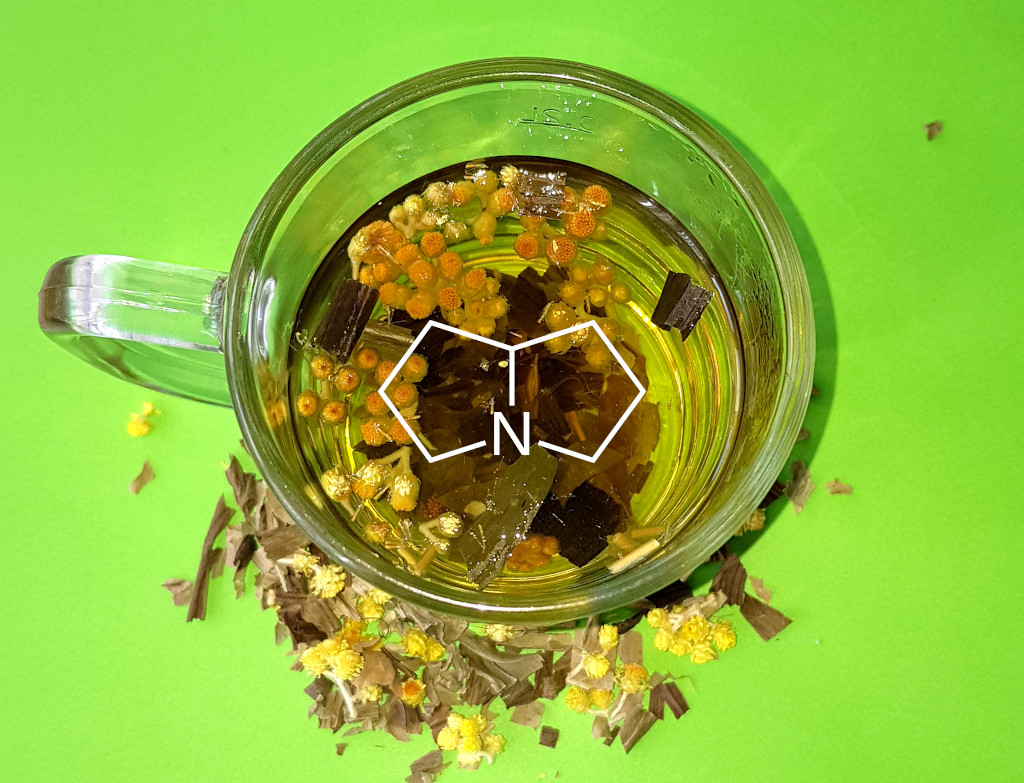Die Chromicent freut sich, auf dem Food and Environmental Forum 2020 die von unserem Team entwickelte Methode zur Bestimmung der Pyrrolizidinalkaloide mittels LC-MS/MS und SFC-MS/MS zu präsentieren.
Save the Date: 05. und 06. Mai 2020
Abstract
Einblicke in die Methodenentwicklung zur Bestimmung von Pyrrolizidinalkaloiden – UPLC vs. UPC2
Pyrrolizidinalkaloide sind sekundäre Pflanzenstoffe, von denen einige eine lebertoxische sowie krebserzeugende und erbgutverändernde Wirkung haben. Die beiden komplementären Chromatographietechniken – Liquid Chromatography und Supercritical Fluid Chromatography – wurden für die Entwicklung einer Methode zur Bestimmung von 28 dieser gesundheitsschädigenden Verbindungen aus Arzneipflanzen und -tees gegenübergestellt.
Food and Environmental Forum
Das Food and Environmental Forum ist Teil der #AnalyticalFoodies-Intiative von Waters.
Ziel der Intiative ist es, Unterstützung in allen Bereichen der Food-Analytik zu leisten, stets in Übereinstimmung mit den Richtlinien und gesetzlichen Anforderungen.
Einen Überblick finden Sie *hier*
Pyrrolizidinalkaloide
Bei Pyrrolizidinalkaloiden (PA) handelt es sich um sekundäre Stoffwechselprodukte, welche von diversen Pflanzenarten gebildet werden, um Fressfeinde abzuwehren. PA können lebensbedrohliche Leberschäden verursachen und gelten als wahrscheinlich krebserregend, weshalb sie in Lebens- und Futtermitteln ein bedeutendes Risikopotential darstellen.
Neben Bienenprodukten (Honig, Pollen) liegt das Augenmerk der aktuellen Analytik besonders auf Arznei- und Kräutertees (inklusive Rooibostee, Schwarz- und Grüntees).
Zwar existieren bisher keine gesetzlichen Grenzwerte für PA, doch das Bundesinstitut für Risikobewertung (BfR) empfiehlt, die Gesamtexposition des Verbrauchers so gering wie möglich zu halten. Laut Risikoabschätzung soll eine tägliche Aufnahme von 0,007 µg PA/kg Körpergewicht nicht überschritten werden.
Durch die vermehrte Zuwendung der Verbraucher zur Naturheilkunde und gesunden, bewussten Ernährung, steigt die Nachfrage nach Arznei- und Kräutertees. Besonders im Bereich der Tees für Säuglinge und Kleinkinder sind Pyrrolizidinalkaloide somit ein brandaktuelles Thema. Wenn Sie mehr zum Thema erfahren wollen oder Unterstützung bei der Analytik wünschen, sprechen Sie uns an.
